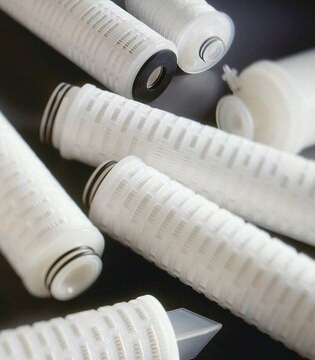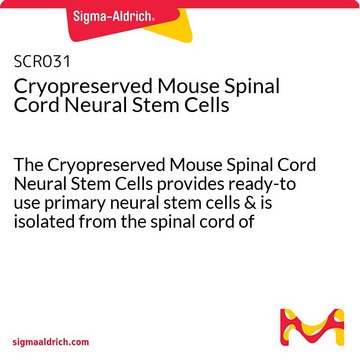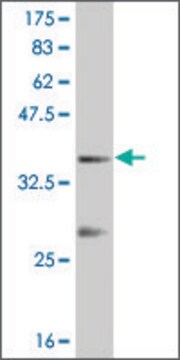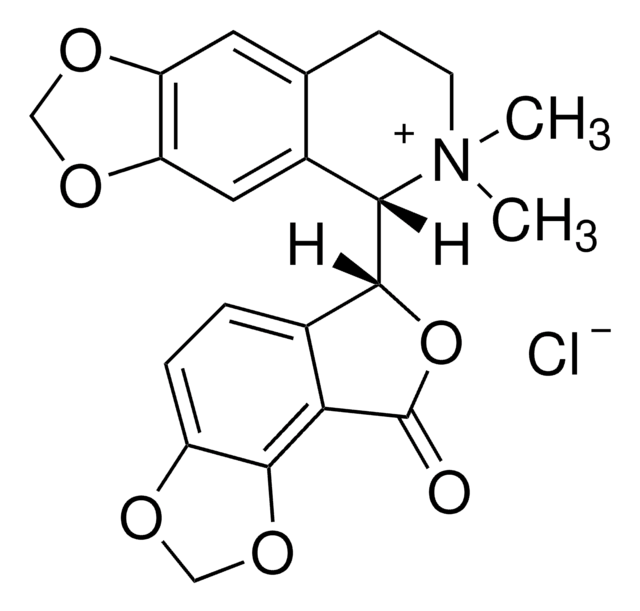MABE268
Anti-Musashi-1 Antibody, clone 7B11.1
clone 7B11.1, from mouse
Sinônimo(s):
RNA-binding protein Musashi homolog 1
About This Item
Produtos recomendados
fonte biológica
mouse
Nível de qualidade
forma do anticorpo
purified immunoglobulin
tipo de produto de anticorpo
primary antibodies
clone
7B11.1, monoclonal
reatividade de espécies
rat, mouse, human
técnica(s)
immunohistochemistry: suitable
western blot: suitable
Isotipo
IgG2aκ
nº de adesão NCBI
nº de adesão UniProt
Condições de expedição
wet ice
modificação pós-traducional do alvo
unmodified
Informações sobre genes
human ... MSI1(4440)
Descrição geral
Imunogênio
Aplicação
Epigenetics & Nuclear Function
Neural Stem Cells
Immunohistochemistry Analysis: A 1:1,000 dilution of this antibody detected Musashi-1 in mouse cerebellum, normal mouse brain, and normal human pons tissue.
Qualidade
Western Blot Analysis: 1 µg/mL of this antibody detected Musashi-1 in 10 µg of mouse E17 spinal cord tissue lysate.
Descrição-alvo
Ligação
forma física
Armazenamento e estabilidade
Nota de análise
Mouse E17 spinal cord tissue lysate.
Outras notas
Exoneração de responsabilidade
Não está encontrando o produto certo?
Experimente o nosso Ferramenta de seleção de produtos.
Código de classe de armazenamento
12 - Non Combustible Liquids
Classe de risco de água (WGK)
WGK 1
Ponto de fulgor (°F)
Not applicable
Ponto de fulgor (°C)
Not applicable
Certificados de análise (COA)
Busque Certificados de análise (COA) digitando o Número do Lote do produto. Os números de lote e remessa podem ser encontrados no rótulo de um produto após a palavra “Lot” ou “Batch”.
Já possui este produto?
Encontre a documentação dos produtos que você adquiriu recentemente na biblioteca de documentos.
Protocolos
Step-by-step culture protocols for neural stem cell culture including NSC isolation, expansion, differentiation and characterization.
Nossa equipe de cientistas tem experiência em todas as áreas de pesquisa, incluindo Life Sciences, ciência de materiais, síntese química, cromatografia, química analítica e muitas outras.
Entre em contato com a assistência técnica








